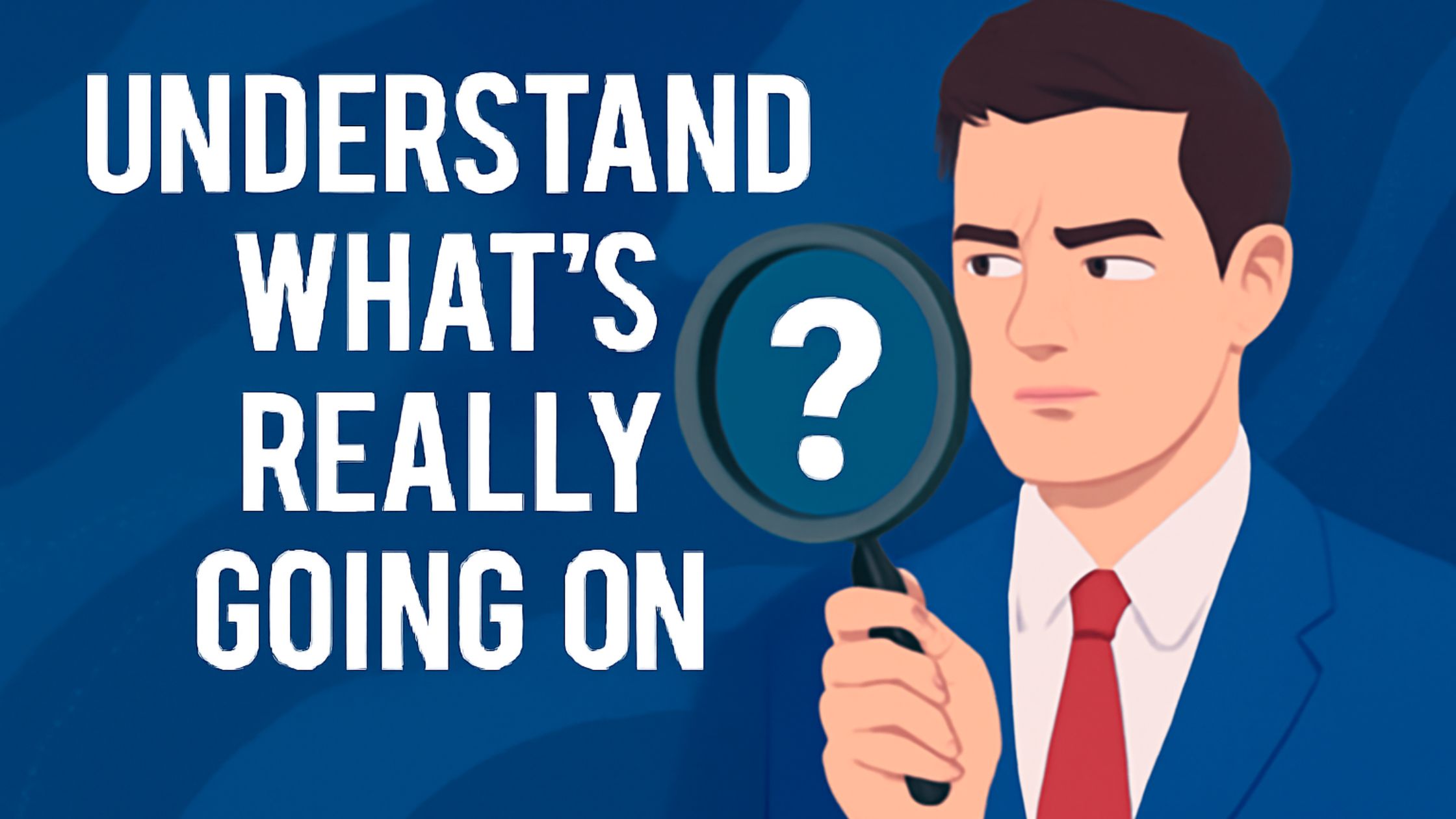Every business professional — whether you’re freelancing solo, managing an agency, or working inside a large company — eventually meets a difficult client. Maybe they’re nitpicky. Maybe they keep moving the goalpost. Or maybe they just have a tone that makes every conversation feel like a battlefield. That’s when knowing how to handle difficult clients becomes a critical skill for any professional.
But here’s the truth no one talks about enough: replacing a client is way more expensive than retaining one. That’s why mastering conflict resolution isn’t just a nice-to-have soft skill — it’s a survival tool in the modern business world.
Let’s explore how you can handle even the toughest clients — without losing your cool, your sleep, or your reputation. And in case you’re wondering how to do all this while still managing your workflow and team with grace — platforms like Cruxops are built exactly for that. But more on that later.
1. Understand What’s Really Going On

When a client is being harsh or unreasonable, your first instinct might be to defend yourself. But reacting too quickly — especially with emotion — can turn a small fire into a full-blown crisis.
Instead, take a breath. Ask yourself:
“What’s behind this behavior?”
Often, it’s not personal. They could be under pressure from their own boss, facing internal stress, or just having a tough week. The key is to zoom out and listen without interruption — even if it’s uncomfortable.
Sometimes the most powerful thing you can do is simply let someone feel heard.
Pro tip: Don’t assume. Ask, then absorb. Empathy is your greatest weapon here.
2. Don’t React. Respond.
It’s easy to be professional when everyone’s polite. But what about when they’re not?
When a client becomes dismissive, curt, or even sarcastic — it’s tempting to meet fire with fire. But that only adds fuel.
Instead, anchor yourself. Try responses like:
- “I hear you. Let’s figure this out together.”
- “Let’s work toward a solution that aligns for both of us.”
This tone diffuses tension without giving in. Clients notice when you remain level-headed — and it builds quiet trust.
Bonus tip: Calm energy is contagious. Let your tone set the temperature of the room.
3. Boundaries Are Professional — Not Personal
A lot of us hesitate to set boundaries because we’re afraid of being “difficult.” But here’s the thing — clear boundaries aren’t walls. They’re guardrails that protect your energy and your business.
Whether it’s after-hours messages, scope creep, or delayed payments — you’re allowed to say:
- “I’d be happy to help with that. Since it’s outside the original scope, I can share a quick estimate for the extra work.”
The way you say it matters. Be warm but firm. Clients respect professionals who respect their own time.
Pro Tip: If you’re managing multiple clients or projects, use Cruxops to set project boundaries from Day 1. You can create timelines, assign clear roles, and track revisions — making everything transparent and streamlined.
4. Get It in Writing — Always
One of the biggest causes of conflict? Miscommunication.
You might say one thing on a call and the client might hear something totally different. That’s why written follow-ups aren’t optional — they’re essential.
After any major call or decision, send a simple email:
“Hey [Client Name], just summarizing our chat — we’ve agreed on [insert decisions]. I’ll deliver [insert milestone] by [insert date]. Let me know if I missed anything.”
This habit protects both sides. It keeps things clear. And it subtly signals that you run a tight ship.
Pro Tip: Tools like Cruxops let you track all client communication, tasks, and files in one place — so nothing gets “lost in conversation.”
5. Take a Step Back When It Gets Heated
There will be moments when you’re frustrated. Really frustrated. But the best decision you can make in those moments?
Pause.
“Let’s take a short break so I can reflect and get back to you with some options.”
You don’t have to solve everything on the spot. Give yourself the space to cool off and return with clarity.
Clients also notice when you don’t take the bait. That kind of maturity is rare — and deeply respected.
6. Replace Emotion with Evidence
If a client questions your work, don’t get defensive. Bring data.
Let facts speak:
- “I understand your concern about conversions. According to our tracking, your landing page has seen a 22% jump in engagement since the last update.”
Numbers don’t argue. They ground the conversation in reality.
If you’re juggling multiple campaigns or client deliverables, Cruxops helps you store, analyze, and present performance data clearly — so you’re never caught off guard in a meeting.
7. Turn a Fight Into a Fix

Believe it or not, some of your best clients might start as your most difficult ones. Why? Because tough conversations — handled right — build trust faster than surface-level ones.
Next time things feel tense, try asking:
- “What would an ideal result look like for you?”
- “Is there something we could tweak to bring this closer to your expectations?”
Once the client feels part of the solution, the whole vibe shifts — from confrontation to collaboration.
8. Walk Away, But With Grace
Sometimes, despite your best efforts, the client relationship just isn’t working. And that’s okay.
If a client is constantly disrespecting your team, ignoring boundaries, or creating a toxic environment — it’s time to step back.
“After thinking this through, I believe we’re no longer the best fit. I truly appreciate the opportunity to work together and wish you success moving forward.”
Ending a contract doesn’t mean you failed. It means you valued your peace.
9. Reflect, Learn, and Tighten the Process
After every bumpy client interaction, take 15 minutes to reflect:
- Could I have communicated better?
- Did I ignore any early warning signs?
- Was the scope or deliverables too vague?
Use those insights to strengthen your onboarding. With Cruxops, you can build custom client intake forms, define expectations from day one, and reduce future surprises.
Final Thoughts: The Real Enemy Isn’t the Client — It’s Miscommunication
Most “difficult” clients aren’t trying to be hard. They just want results. Clarity. Reliability.
And when you lead with empathy, boundaries, and clear systems, you’ll find that even the toughest conversations turn into stepping stones toward deeper partnerships.
Platforms like Cruxops aren’t just about project management — they’re about people management. About building clarity, reducing friction, and helping you lead with confidence.
